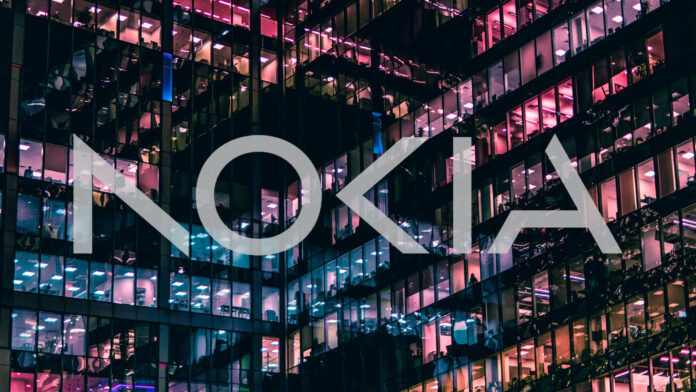Nokia saw its (“comparable”) operating profit slide by 32 percent in the second quarter of 2024, finishing at €423 million, versus €619 million a year ago. Sales fell alongside, down 18 percent at €4.466 billion in the quarter, from €5.438 billion. It put the declines down to an Indian summer in the 5G market a year ago – described as the “peak of India’s rapid 5G deployment” – resulting in a “challenging year-ago comparison period”, and contributing to three quarters of its total year-on-year decline. Reports claimed it was Nokia’s lowest net sales intake for nearly a decade.
Shares tumbled eight percent in early trading, before rallying upwards again. But Nokia said it continues to accrue a backlog of sales, as per the last couple of quarters, and expects to see a “meaningful improvement” in net sales, mostly in network infrastructure, during the second half of 2024. Its major twin trades in the quarter – its agreements to sell and buy its subsea fibre business Nokia Submarine Networks and US optical networking outfit Infinera, respectively – will spur network infrastructure sales to “web-scale customers” and North American telcos, it said.
Pekka Lundmark, president and chief executive at Nokia, said: “These transactions will focus and strengthen our ‘network infrastructure’ business with its future built on three market-leading units in ‘fixed networks’, ‘IP networks’, and ‘optical networks’… We are investing in network infrastructure as we see a compelling opportunity in this business to drive mid-single digit net sales growth and improve our profitability to a mid-to-high teens operating margin over time.” But the “market remains uncertain” and Nokia will “continue to be agile and prudent”, he said.
The company has “actioned” run-rate savings of €400 million, on a target of €800 to €1.2 billion. Gross margin increased by 450 base points from 40.2 percent to 44.7 percent – mainly driven by mobile networks, partly driven by a €150 million benefit to both sales and profit related to part of its contract resolution with AT&T in the YS. On the other hand, operating margin decreased by 190 base points from 11.4 percent to 9.5 percent – as low net sales coverage of operating expenses “more than offset” the AT&T benefit.
Nokia highlighted “several important fiber deals, including in the US”, in the period, and also cited ramp-up of carrier supplies as part of the US government’s BEAD scheme, which provides federal funding for broadband, equity, access, and deployment (BEAD) projects in the country. Its full-year outlook is unchanged – expected to be at the “midpoint or slightly below” of its profit guidance of €2.3 to 2.9 billion. Lundmark said: “With more normalized customer inventory levels, we… can now look forward to a stronger second half and a return to growth.”
A little curiously, for a business that has made hay with sales to enterprise customers over the past eight quarters, or so, Nokia said nothing at all about private 4G and 5G sales. Net sales to enterprise customers were one percent higher compared with a year ago, at €516 million, compared with €510 million – which is about 11.5 percent of its total business, as a frame of reference. “Strong growth with web-scale customers was nearly offset by declines with other enterprise customers,” it said.
It flagged its new ‘visual position and object detection’ (VPOD) application designed for worker safety, and also cited its latest ‘industrial digitalization’ report, but that was it. It said: “Enterprises are scaling private wireless for additional use cases and industrial sites. The report, based on research among 100 early adopters, highlights several key benefits for enterprises deploying private wireless networks. Sixty-five percent of respondents stated over 10 percent improvement in worker safety and 79 percent reported 10% or more reduction in their emissions.”

